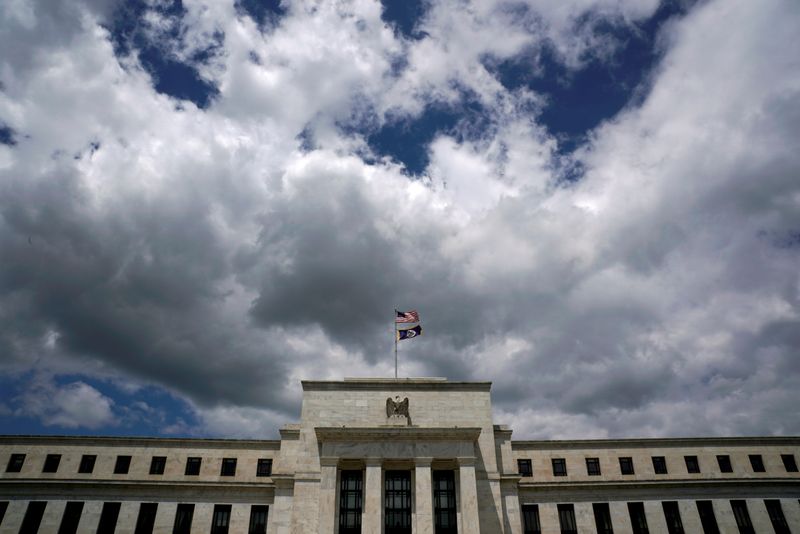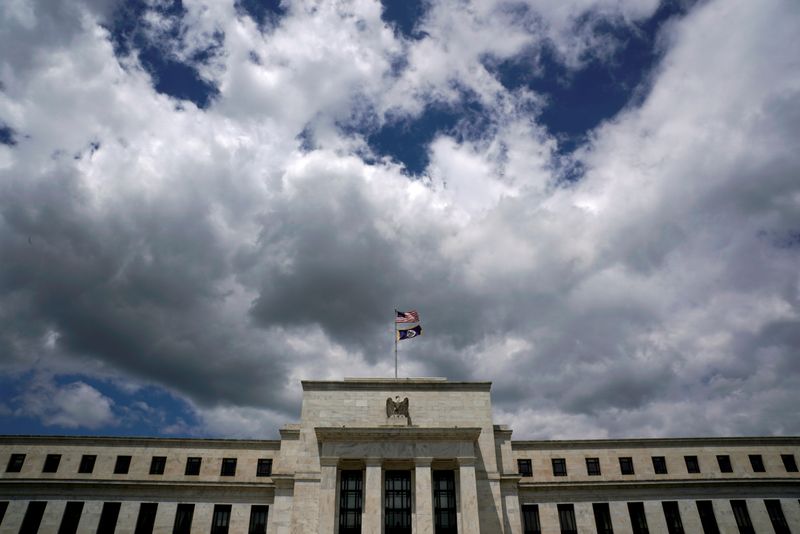
Investing.com — The Federal Reserve is widely expected to cut interest rates when it holds its next two-day meeting on Sept. 17-18, although investors are split over whether it will cut rates by 25 or 50 basis points.
While sticky inflation data released this week saw expectations shift towards a 25-basis point cut, some soft labor market data has bolstered bets for a steeper 50-basis point cut.
Traders were seen pricing in a 51% chance for a 25 bps, and a 49% chance of a 50 bps cut, CME Group’s closely-monitored FedWatch tool showed on Friday.
Next week’s decision is likely to mark the beginning of an easing cycle for the Fed, with the central bank expected to cut rates by at least 100 bps this year. But investors were now seeking more concrete cues on this front, given that while Fed officials have signaled potential rate reductions, they have not provided any clear cues on the scale of any planned cuts.
In a note to clients on Thursday, analysts at Capital Economics said that one of the key issues policymakers must gauge is whether the US economy will slump into a period of recession, adding that, historically, the Fed has cut rates more during such a downturn.
They predicted that a recession will not transpire and, as a result, the Fed’s potential series of rate reductions will not be as deep as “investors seem to be discounting.”
In turn, they project that the US Treasury yield curve will steepen, with the rate-sensitive 2-year yield slipping and benchmark 10-year yield rising, creating a greater spread between short- and long-dated bond yields. Rising long-term borrowing costs can tighten financial conditions, making it more expensive for businesses to invest or get credit.
Returns from equities during Fed cutting cycle, meanwhile, also seem to depend on a potential recession, the Capital Economics analysts said.
“Cuts and no recession have usually been accompanied by big gains; cuts and recession have been accompanied by big losses,” they said.
Finally, they noted that the performance of both the US dollar and real gold prices have been “mixed” during prior times of Fed easing.


